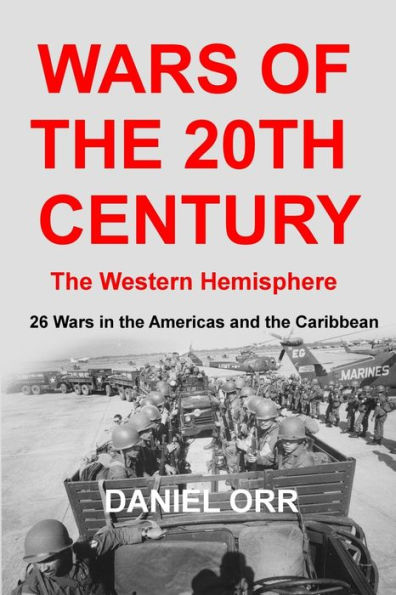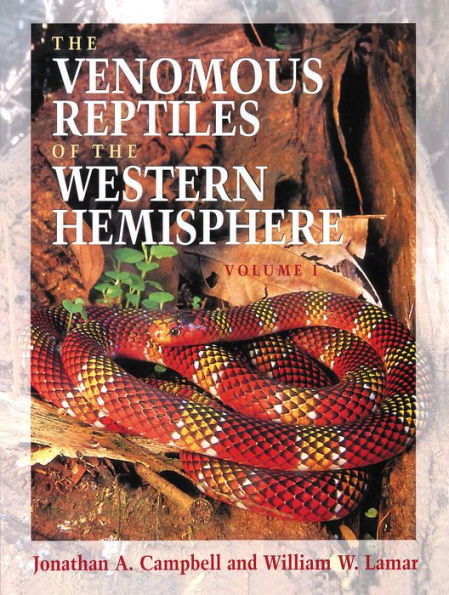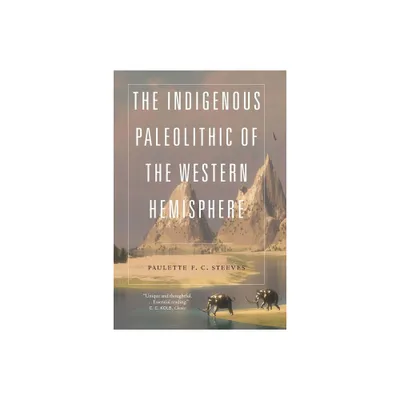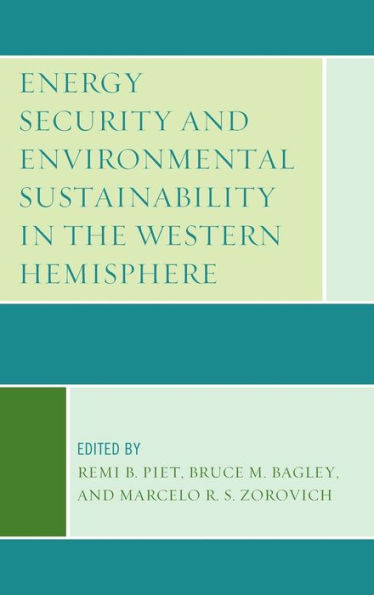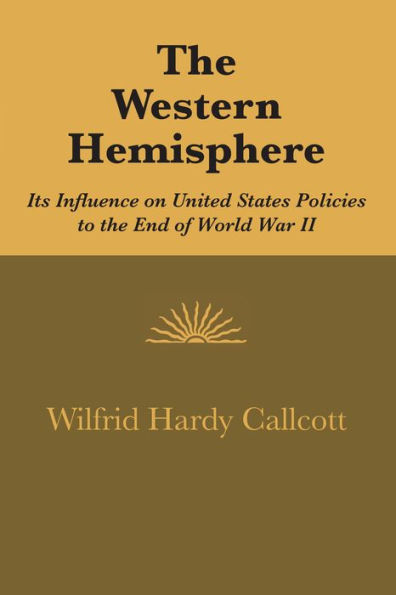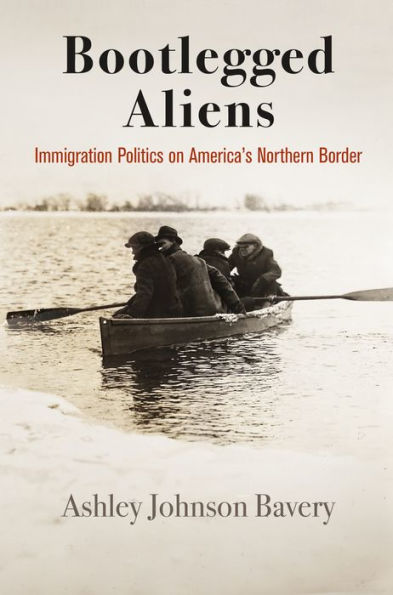Home
American Crossings: Border Politics the Western Hemisphere
Loading Inventory...
Barnes and Noble
American Crossings: Border Politics the Western Hemisphere
Current price: $42.00
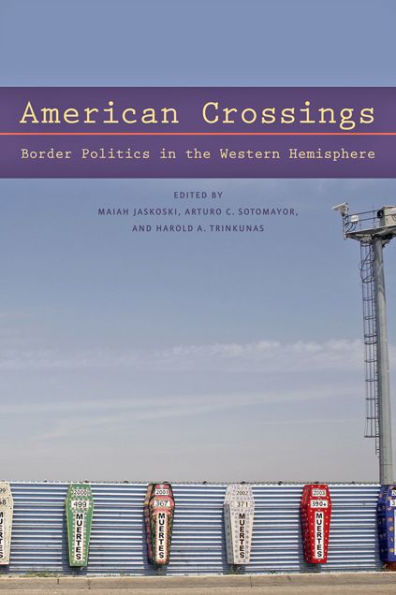

Barnes and Noble
American Crossings: Border Politics the Western Hemisphere
Current price: $42.00
Loading Inventory...
Size: Paperback
*Product Information may vary - to confirm product availability, pricing, and additional information please contact Barnes and Noble
Who—and what—moves from one country to another has real implications for security studies, international relations, and the ideal of democracy.
In summer 2014, US agencies responsible for the border with Mexico were overwhelmed by tens of thousands of unaccompanied children arriving from Central America. Unprepared to address this unexpected kind of migrant, the US government deployed troops to carry out a new border mission: the feeding, care, and housing of this wave of children.
This event highlights the complex social, economic, and political issues that arise along borders. In
American Crossings
, nine scholars consider the complicated modern history of borders in the Western Hemisphere, examining borders as geopolitical boundaries, key locations for internal security, spaces for international trade, and areas where national and community identities are defined.
Among the provocative questions raised are: Why are Peru and Chile inclined to legalize territory disputes through the International Court of Justice, undermining their militaries? Why has economic integration in the "Tri-Border Area" of Argentina, Brazil, and Paraguay increased illicit trade supporting transnational terrorist groups? And how has a weak Ecuadorian presence at the EcuadorColombia border encouraged Colombian guerrillas to enforce the international borderline?
In summer 2014, US agencies responsible for the border with Mexico were overwhelmed by tens of thousands of unaccompanied children arriving from Central America. Unprepared to address this unexpected kind of migrant, the US government deployed troops to carry out a new border mission: the feeding, care, and housing of this wave of children.
This event highlights the complex social, economic, and political issues that arise along borders. In
American Crossings
, nine scholars consider the complicated modern history of borders in the Western Hemisphere, examining borders as geopolitical boundaries, key locations for internal security, spaces for international trade, and areas where national and community identities are defined.
Among the provocative questions raised are: Why are Peru and Chile inclined to legalize territory disputes through the International Court of Justice, undermining their militaries? Why has economic integration in the "Tri-Border Area" of Argentina, Brazil, and Paraguay increased illicit trade supporting transnational terrorist groups? And how has a weak Ecuadorian presence at the EcuadorColombia border encouraged Colombian guerrillas to enforce the international borderline?
